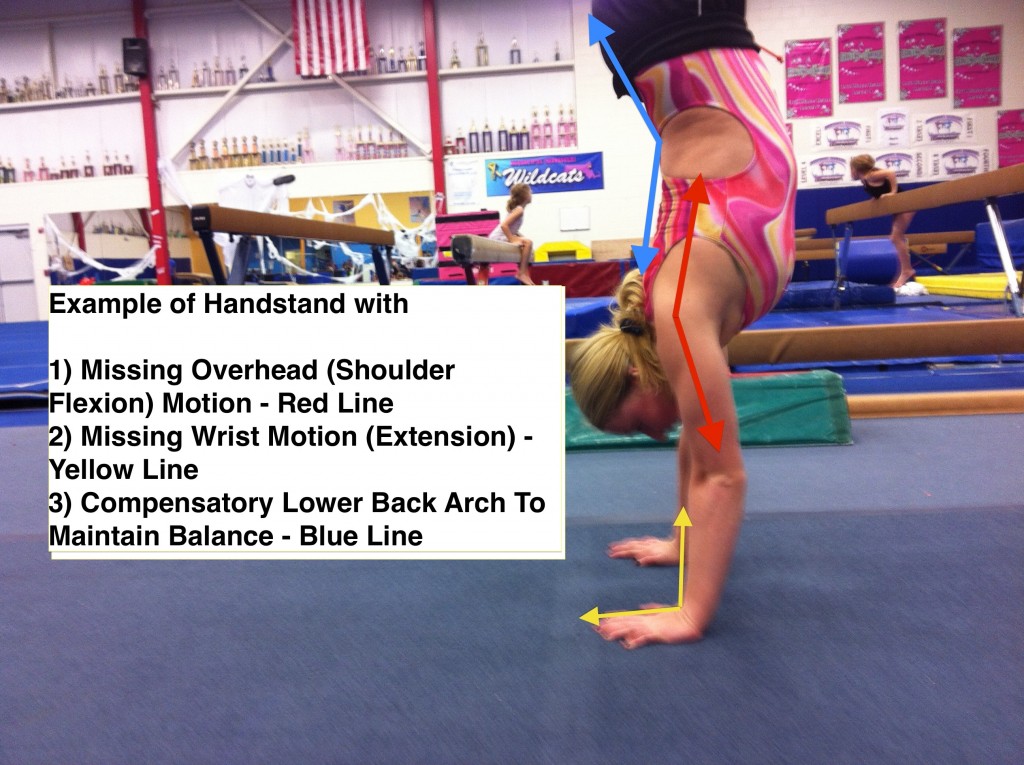- Apr 6, 2014
- 35
- 7
What would prevent a child who is very strong (amazing at bars, conditioning, Rope climb) from holding a hand stand for more than a few seconds??? I just assumed if you were very strong in your upper body and stomach that holding a hand stand would be easy..... I am just curious! TIA!
